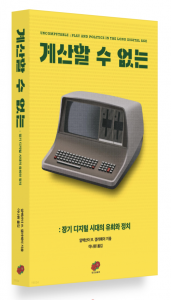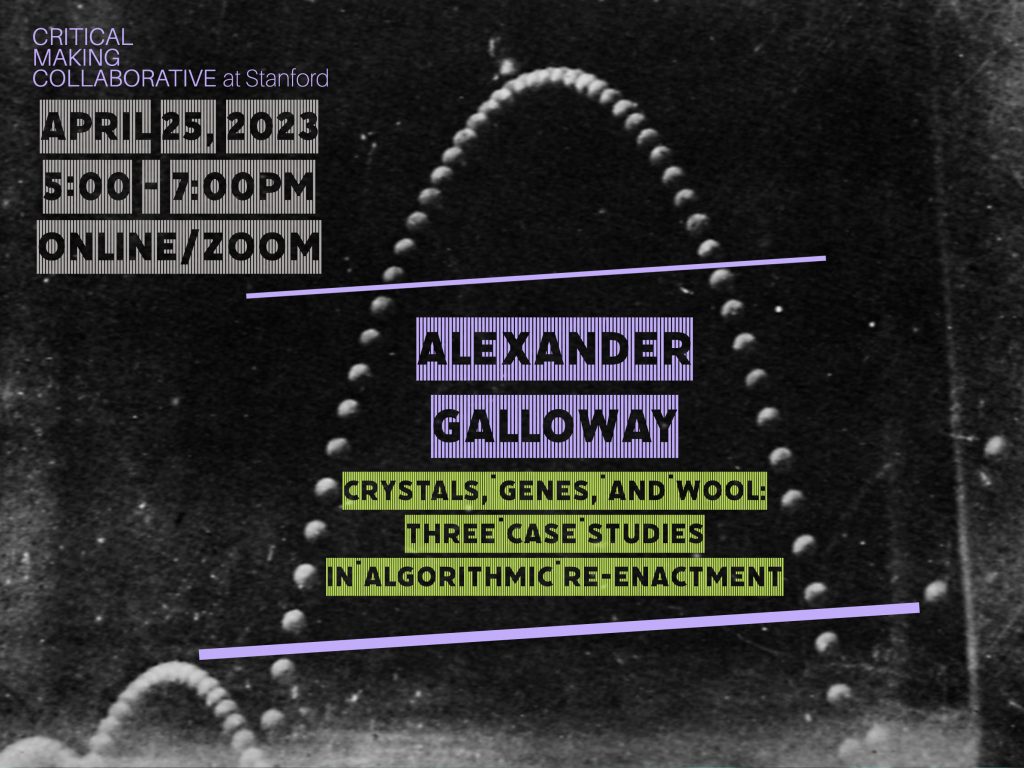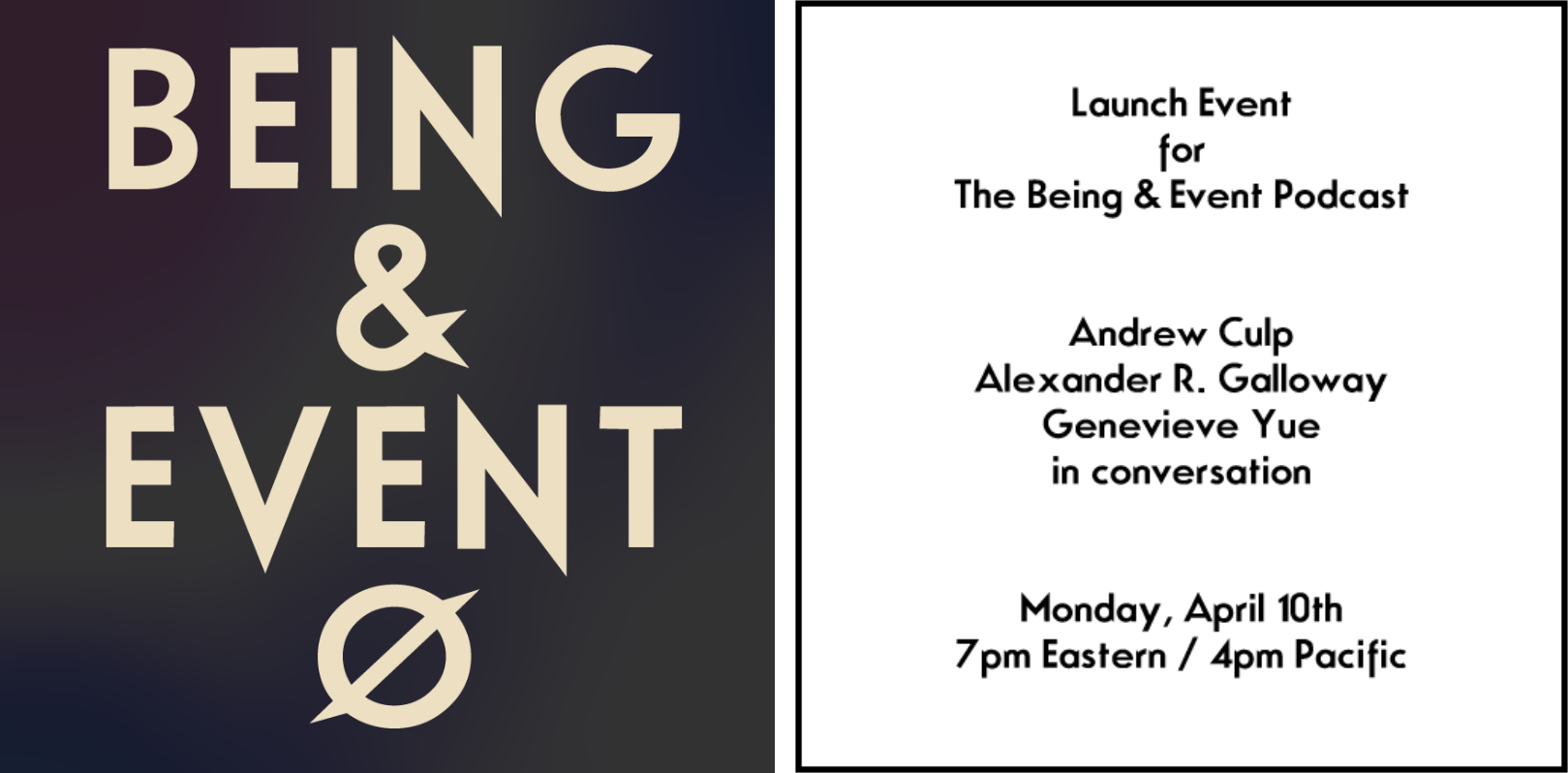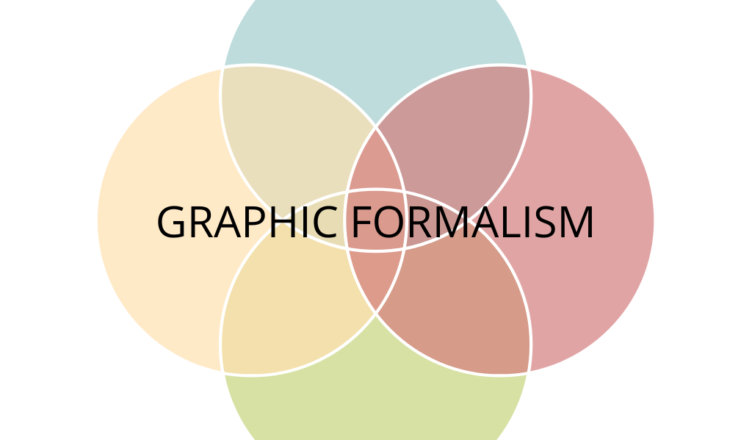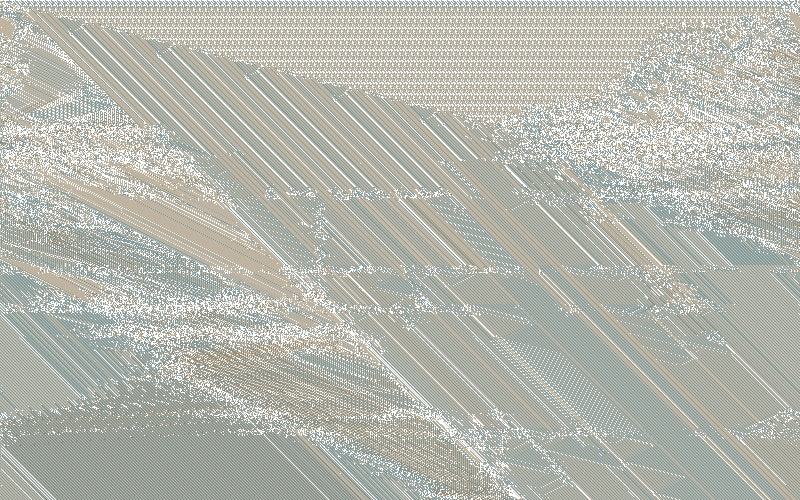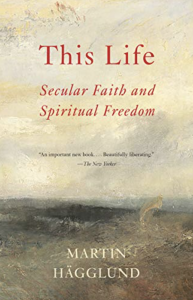Now that Andrew and I have posted all episodes of the Being & Event podcast, I wanted to return to two details from the series and offer a bit more explanation. The first (here below) will expand on something from Episode 3. The second, in a future post, will address something I said about Badiou, which, it turns out, has been directly contradicted by Badiou himself! In other words, a mea culpa is in order. More on that soon.
To recap, in Episode 3, I made three observations about Badiou to help structure the discussion. The first observation was a point about politics, that Badiou is essentially a modernist, and specifically that he is a political modernist. The second was a point about math: that Badiou gives us not just a description of mathematics but a definition of mathematics. I articulated that definition across different episodes in the podcast series, and also wrote about it here, giving it the name Badiou's Principle. The third point was about technology, a point that may be posed as a question: Is Badiou a digital philosopher? I want to say yes, at least to some degree. And that question deserves a longer post all on its own. Regardless, any discussion of whether or not Badiou is a digital philosopher stumbles over an awkward truth. Badiou hardly ever talks about the digital. Badiou hardly ever ever about computers. This philosopher, known the world over for his overweening interest in mathematics and formalization, has only rarely addressed the most important instance of mathematical formalism in the world today, namely digital computation. Why is this? Continue reading
